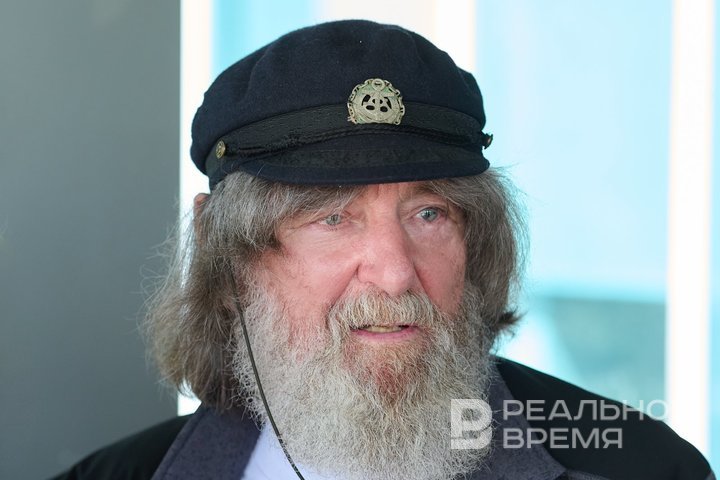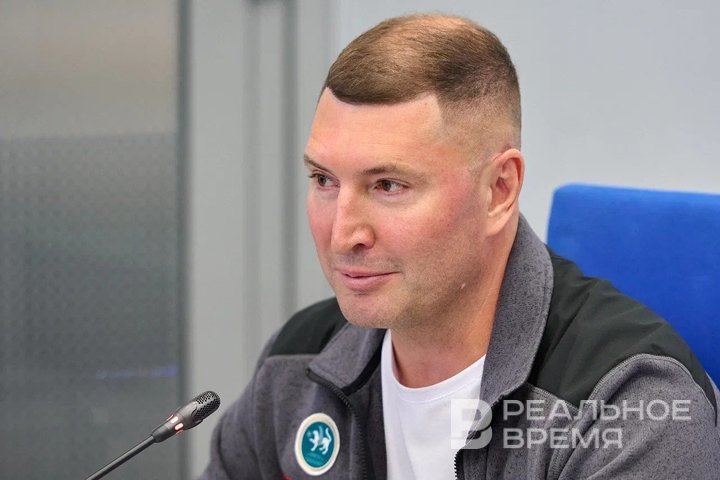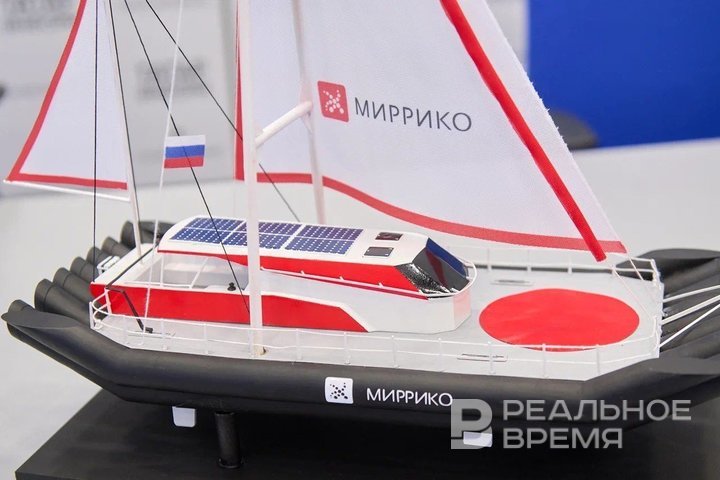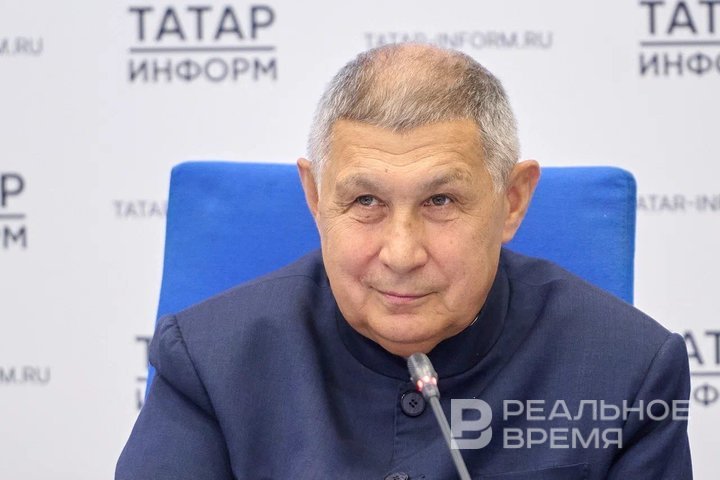Fyodor Konyukhov sets off on an ecological expedition across three oceans
The 73-year-old Russian traveller intends to study the largest accumulation of marine debris

Russian traveller Fyodor Konyukhov, at 73, plans to go on an international ecological expedition alone. His goal is to study the world's largest accumulation of marine debris — the Great Pacific Garbage Patch. The samples he takes will be sent straight to scientists in Tatarstan, who are already conducting research to solve the problem of pollution of the World Ocean with microplastic particles. Read more about it in the report of Realnoe Vremya.
“We must think about what we will leave to our descendants”
A large-scale ecological expedition will start in 2026 — a joint project of the famous Russian traveller Fyodor Konyukhov and Mirrico company. A press conference dedicated to the project was recently held in Kazan.
The voyage includes crossing the Pacific, Indian and Atlantic oceans. The route of the first stage of the expedition will pass from the coast of South America to Australia.
In a solo journey, Konyukhov plans to cover the route to Australia in 160 days on a specially created sailing raft. The goal is to explore the world's largest accumulation of marine debris — the so-called Great Pacific Garbage Patch. The raft will travel 15,000 nautical miles to it.
A special vessel is currently being developed for the expedition. It is equipped with control systems, navigation and satellite communications. The autopilot system is in operation, and the AIS allows you to track surrounding vessels and avoid collisions. The sails are easily and automatically controlled by one person.
“I also make round-the-world trips, and the first thing that caught my attention, which is why I agreed to this project, is how quickly the world is changing. If 10 years ago I saw beautiful fish in the ocean, now these are completely different fish — they are mutants. <...> We decided to support this project,” founder and CEO of Mirrico Group Igor Malykhin shared the story.

The idea of the expedition belongs to Konyukhov himself. The traveller will go around the Great Pacific Garbage Patch along the perimeter and record the coordinates using satellite beacons. He will also keep a video diary, collect water samples and record the temperature of the ocean layers. The collected data will be transferred to the biotechnological cluster of Tatarstan to develop innovative solutions for cleaning water bodies from microplastics.
“We must think about what we will leave to our descendants. I already have a great-grandson, I am a great-grandfather. I will leave this world, and my great-grandchildren will say: ‘Wow, my great-grandfather wandered around the world all his life, and did nothing, he left us with such an ecology,’” the traveller himself explained the reasons for his decision.
“The globe does not belong to us alone”
The Great Pacific Garbage Patch is located in the northern part of the Pacific Ocean. The exact size of the area is unknown. Approximate estimates of the area vary from 700,000 to 1.5 million square metres, which is 0.4-0.8% of the total area of the Pacific Ocean. This area may contain more than 100 million tonnes of garbage.
One of the most dangerous substances in the patch is microplastic. Its particles spread throughout the oceans and disrupt natural processes that negatively affect the entire world.
“Everyone will think: what does this have to do with us and the microplastic problem? After all, we live far from the ocean. A real continent made of garbage has formed in the Pacific Ocean. But we, a great country both in territory and in people, should not remain indifferent. Our globe does not belong only to us, people, it belongs to everyone,” said the traveller.

As Konyukhov noted, microplastics from the World Ocean, which are absorbed by fish, enter the human body and lead to serious problems not only for the environment, but also for health.
“It will take us a month to get to this spot, 2-3 months there — to collect data, and another month to return. The total duration of the expedition will be about five months. Previously, this spot was an island of plastic. Now it is already a continent,” he complained.
Tatarstan is what is needed
In general, Tatarstan will play a large role in the expedition. Firstly, the headquarters of the environmental project itself is located in Kazan. At least, this is what Fyodor Konyukhov himself wants:
“I think that the headquarters will be located here, in Kazan. The headquarters will be set up here with an academy and scientists. This is my vision. What happens next depends on you,” he addressed President of the Academy of Sciences of Tatarstan Rifkat Minnikhanov.
Secondly, there are plans to create a museum in the republic, which will house some exhibits from the trip.
“I drove around Tatarstan and saw how beautiful it is here. I realized that there is plenty of space here. We have already discussed the creation of a museum. The raft will be exhibited there after the expedition is completed,” the traveller shared his plans.

As Rifkat Minnikhanov said, the expedition can help Tatarstan universities in studying the problem of pollution of the World Ocean with microplastics. Kazan Federal University is searching for microorganisms capable of decomposing plastic. However, this is still a controversial issue, since the consequences of such a method have not yet been studied.
“The republic is rich in water bodies, so this topic is important for us. Tatarstan is also rich in approaches to solving environmental problems. There are scientific schools that work in this direction,” noted the president of the Academy of Sciences of the Republic of Tatarstan.
These issues are now also being dealt with by Kazan Chemical Technological Institute, Kazan State Power Engineering University, and the Academy itself has structural divisions that have developments in the framework of monitoring. They are being scaled up throughout Russia.
“The republican status of the Academy of Sciences was important to me. This republican level and the coordination of companies are what I came to Rifkat Minnikhanov for. Fyodor took the first step, an applied solution was needed,” said Malykhin.